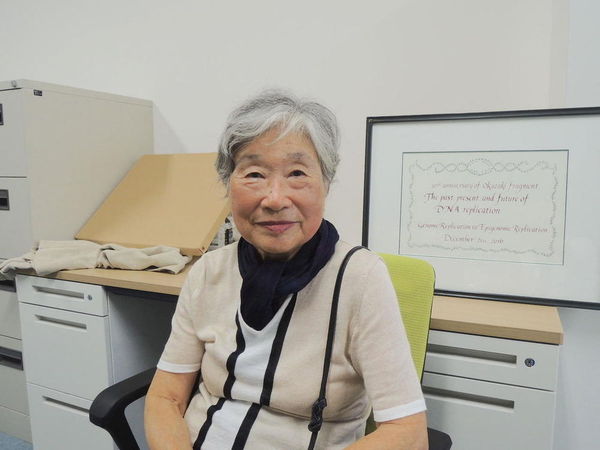The Nobel Committee has announced all the 2017 Nobel Prize winners, and this year, for the second year in a row, no women were found among the winners. In the press conference held after the announcement of the Prize in Economic Sciences, the Secretary General of the Royal Swedish Academy of Sciences, the body responsible for selecting the Nobel laureates in physics, chemistry and the economic sciences, responded that they would request more female scientists to be recommended for consideration. Since its inception in 1901, the Nobel Prizes have been awarded to 923 individuals and organizations, but only 48 of them are women. The number is even lower for the three science awards. The best of the three is the Nobel Prize in Physiology or Medicine, which boasts 12 women among its 214 winners, while only four out of 178 winners of the Chemistry Prize and two out of 207 winners of the Physics Prize are women. These figures include Marie Curie, who is counted twice because she won the Nobel Prizes in Physics and Chemistry - which means there are only 17 women in science. This represents a mere 3% of all Nobel laureates.
The American Chemical Society (ACS) has been discussing the low representation of women among Nobel laureates since last year's annual conference. In September, in the run-up to the Nobel Prize season, an article titled Women overlooked for Nobel honors appeared in Chemical & Engineering News (C&EN), a magazine published by the ACS. The article, based on the conference discussions, profiles the achievements of 13 female chemists. One of the names listed is Rosalind E. Franklin, who played a crucial role in the discovery of the double helical structure of DNA in 1953. She died of cancer in 1958 without ever being recommended for consideration. It was four years after her death in 1962 that Watson et. al. shared the Nobel Prize for this achievement. The article also notes that Lise Meitner is one of the top women to have been overlooked for a Nobel Prize; she collaborated with Otto Hahn, who went on to receive the Nobel Prize in Chemistry for discovering nuclear fission.
Another woman on the list is Isabella Karle, the wife of Nobelist Jerome Karle, who won the Chemistry Prize in 1985 for developing methods to determine the structure of crystals. When notified of the accolade, Jerome asked if his wife was jointly awarded the prize. But the names announced did not include Isabella's, and the prize was shared between Jerome and a different collaborator. Isabella said in a recent interview, the article quotes, that the couple "worked together, separately." The article points out that many scientific couples have a similar arrangement, complementing each other's efforts to achieve a major breakthrough.
Reading the article, I thought of Meidai's own renowned scientific couple, Tsuneko and Reiji Okazaki, who discovered Okazaki fragments - a name that should be familiar to many from high school biology textbooks. Reiji died from leukemia at 44 in 1975 brought on by radiation exposure he suffered in Hiroshima. Many say that he would have won the Nobel Prize if only he lived longer. If he did, I wonder, would he have said "how about my wife"?

University Professor Tsuneko Okazaki, with a plaque commemorating the 50 anniversary of Okazaki fragments in December 2016
Tsuneko, now a University Processor of Meidai, gave the 2017 installment of the prestigious Nagoya University Lecture in September, titled "My journey through research: from DNA's discontinuous replication mechanism to the human artificial chromosome construction."......>>read more on the Meidai Watch
 |
Atsuko Tsuji: Earned B.A. in Arts, College of Arts and Sciences, the University of Tokyo in 1976. Joined The Asahi Shimbun Company in 1979 as a journalist and wrote many articles in science and technology area for newspaper and magazines published by the company including editorial pieces. Knight Science Journalism Fellow at Massachusetts Institute of Technology in 1989 and Reuters Fellow at University of Oxford in 2014. Designated Professor of Nagoya University's Institute of International Education and Exchange since October 2016.
|